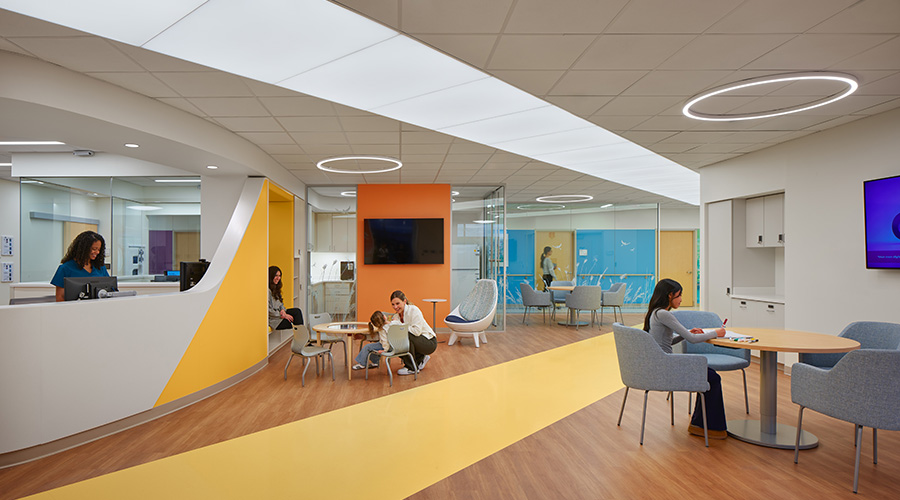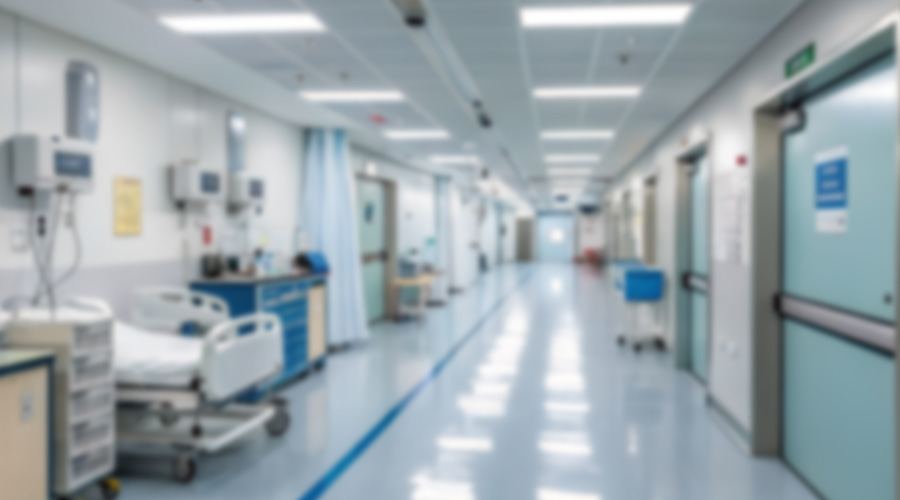When an emergency strikes at or near your hospital facility, you may not have the time or organizational resources to ensure your level of security personnel is substantial enough for the situation at hand.
By ensuring that your security provider has a strategically designed Situational Response Plan (SRP), your organization can have peace of mind knowing that you will be effectively supported with the right amount of personnel coverage when you need it most.
A well thought out communication strategy is key to your SRP. When additional security personnel are needed in a short amount of time, communicating the right information quickly and efficiently is important.
It is also vital that all individuals involved in the situation, from high level executives within your health system to other hospital staff and security officers, are relayed the most critical information to help them perform their job efficiently.
Hospitals can use an Internet-based mass notification system to communicate directly to personnel inside and outside of the facility, even if power is out.
Internet-based mass notification systems deploy a closed loop communication to a near infinite sized audience regarding the critical activities, making certain that messages reach key individuals through capabilities such as multiple contact paths, call escalation and receipt of confirmation. Another option is GETS/WPS government programs that allow specific users higher access to phone lines.
Key individuals in hospitals and trauma centers can be considered high priority users and can be granted an access code if phone lines are jammed during an emergency. When a facility combines the two communication strategies, the chances of communicating during a disaster increases dramatically.
A comprehensive communication plan helps to keep everyone informed before, during and after an event. Once additional personnel have reached your site, communication is still important as they may need to receive more instructions or updates as time passes. Additionally, communications after an event will help to tie up any lose ends, wrap up the situation or deliver any extra messages that need to be sent to the security team or hospital personnel.
In the real world, when natural disasters and other catastrophes occur, having and executing the right communication plan can make a significant impact on your hospitals ability to respond, recover and meet patient’s needs. Download AlliedBarton’s Quick Reference Guide to Emergency Preparedness for more information on how to prepare for a critical situation.
Bukowski is the vice president of healthcare, AlliedBarton Security Services

 Contaminants Under Foot: A Closer Look at Patient Room Floors
Contaminants Under Foot: A Closer Look at Patient Room Floors Power Outages Largely Driven by Extreme Weather Events
Power Outages Largely Driven by Extreme Weather Events Nemours Children's Health Opens New Moseley Foundation Institute Hospital
Nemours Children's Health Opens New Moseley Foundation Institute Hospital Code Compliance Isn't Enough for Healthcare Resilience
Code Compliance Isn't Enough for Healthcare Resilience Ribbon Cutting Marks First Phase Completion for New Montefiore Einstein Facility
Ribbon Cutting Marks First Phase Completion for New Montefiore Einstein Facility